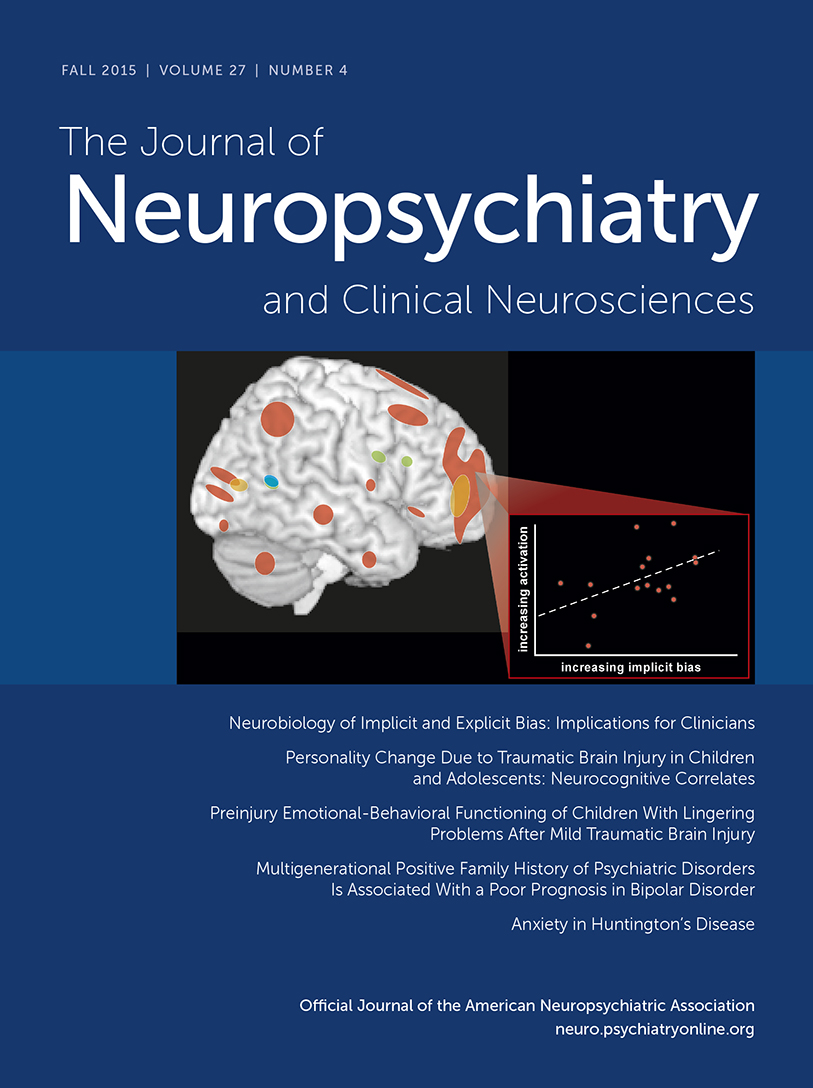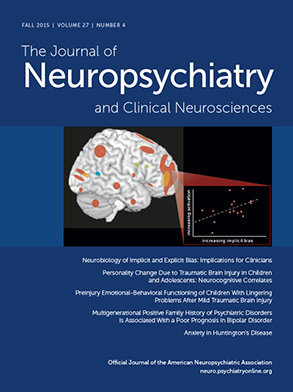From Semantic to Social Deficits: Dysfunction of the Nondominant Posterior Perisylvian Area in Schizophrenia
Abstract
Linguistic Functions of the Nondominant Hemisphere
Linguistic and Social Cognitive Alterations in Schizophrenia
Right Hemispheric Dysfunction During Processing of Social Cognitive Information in Patients With Schizophrenia and At-Risk Subjects

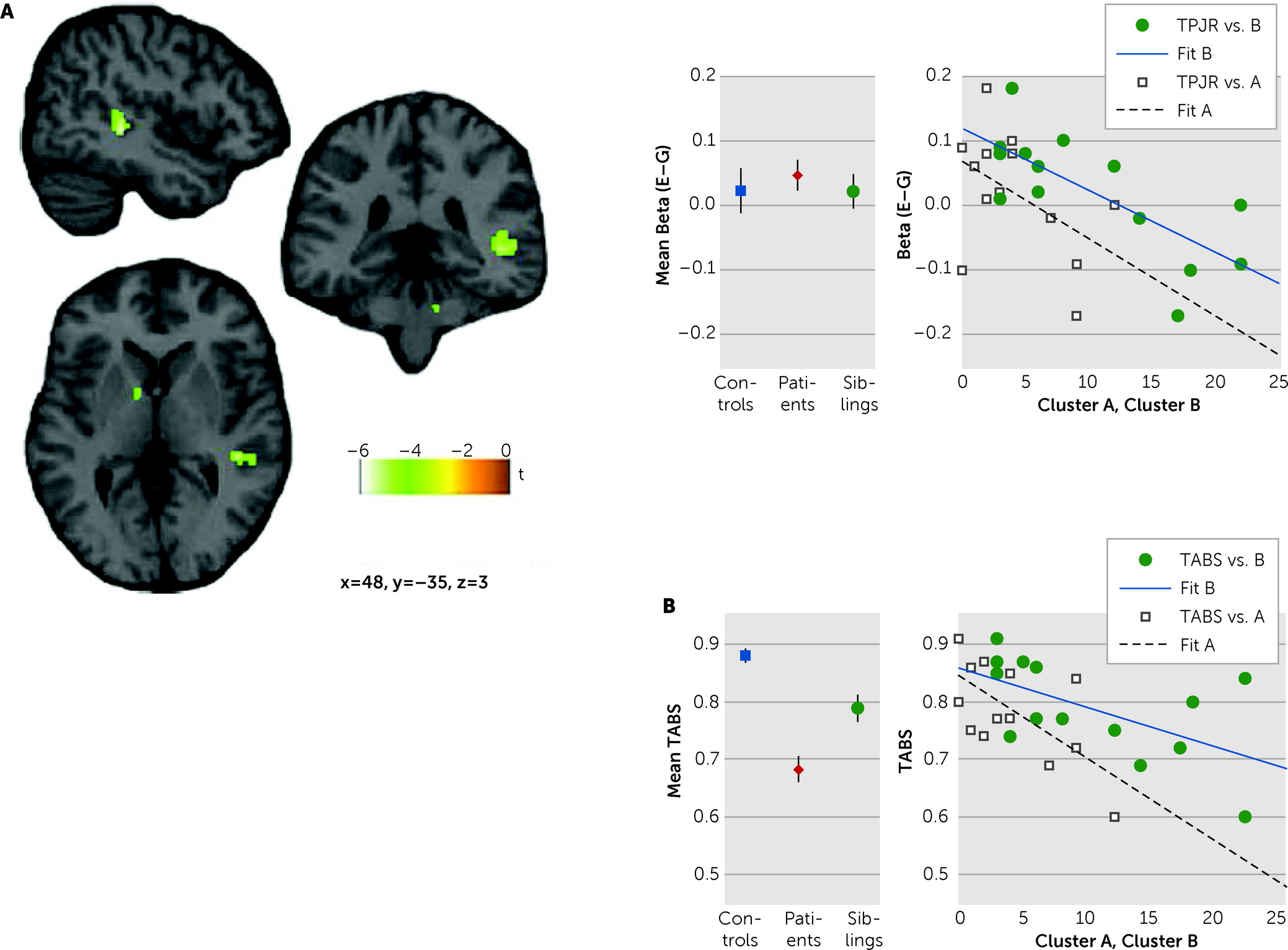
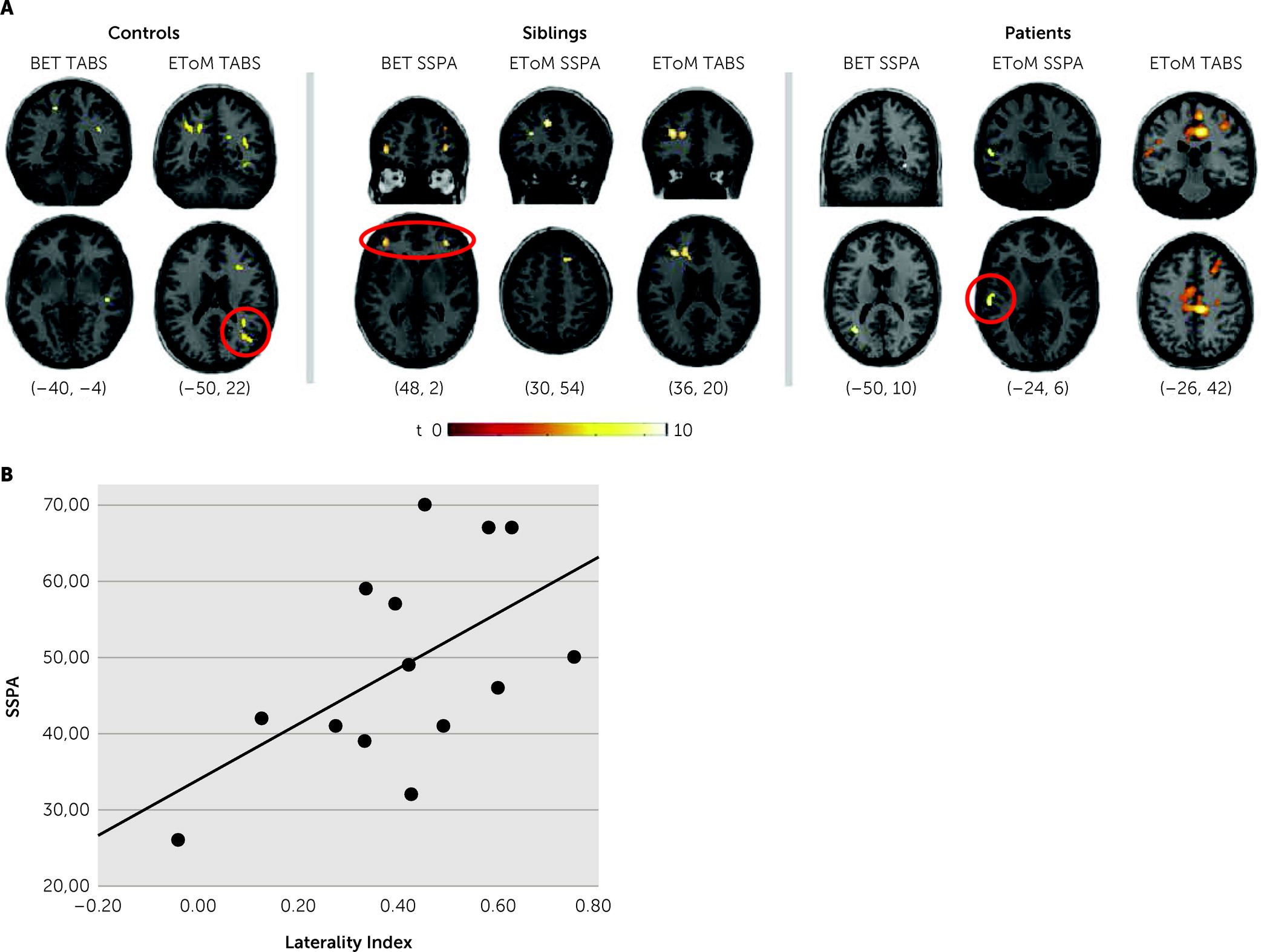
Semantic Aphasia for Mental and Emotional States in Schizophrenia Is Due to Dysfunction of a Complex Circuit Centered at the Right Temporoparietal Junction
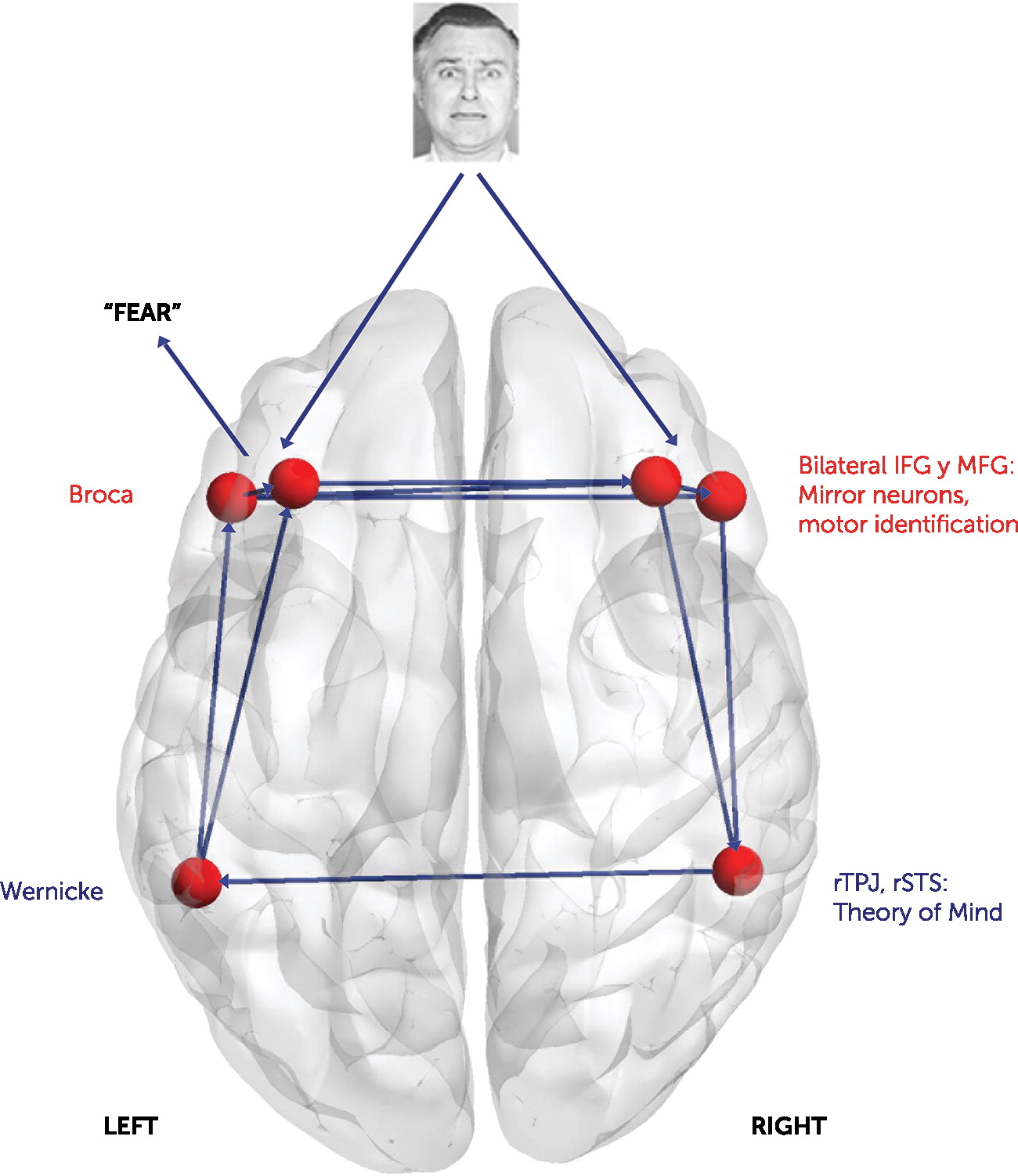
Abnormal Brain Lateralization and Predisposition to Schizophrenia
Clinical Implications
References
Information & Authors
Information
Published In
History
Authors
Competing Interests
Funding Information
Metrics & Citations
Metrics
Citations
Export Citations
If you have the appropriate software installed, you can download article citation data to the citation manager of your choice. Simply select your manager software from the list below and click Download.
For more information or tips please see 'Downloading to a citation manager' in the Help menu.
View Options
View options
PDF/EPUB
View PDF/EPUBLogin options
Already a subscriber? Access your subscription through your login credentials or your institution for full access to this article.
Personal login Institutional Login Open Athens loginNot a subscriber?
PsychiatryOnline subscription options offer access to the DSM-5-TR® library, books, journals, CME, and patient resources. This all-in-one virtual library provides psychiatrists and mental health professionals with key resources for diagnosis, treatment, research, and professional development.
Need more help? PsychiatryOnline Customer Service may be reached by emailing PsychiatryOnline@psych.org or by calling 800-368-5777 (in the U.S.) or 703-907-7322 (outside the U.S.).
